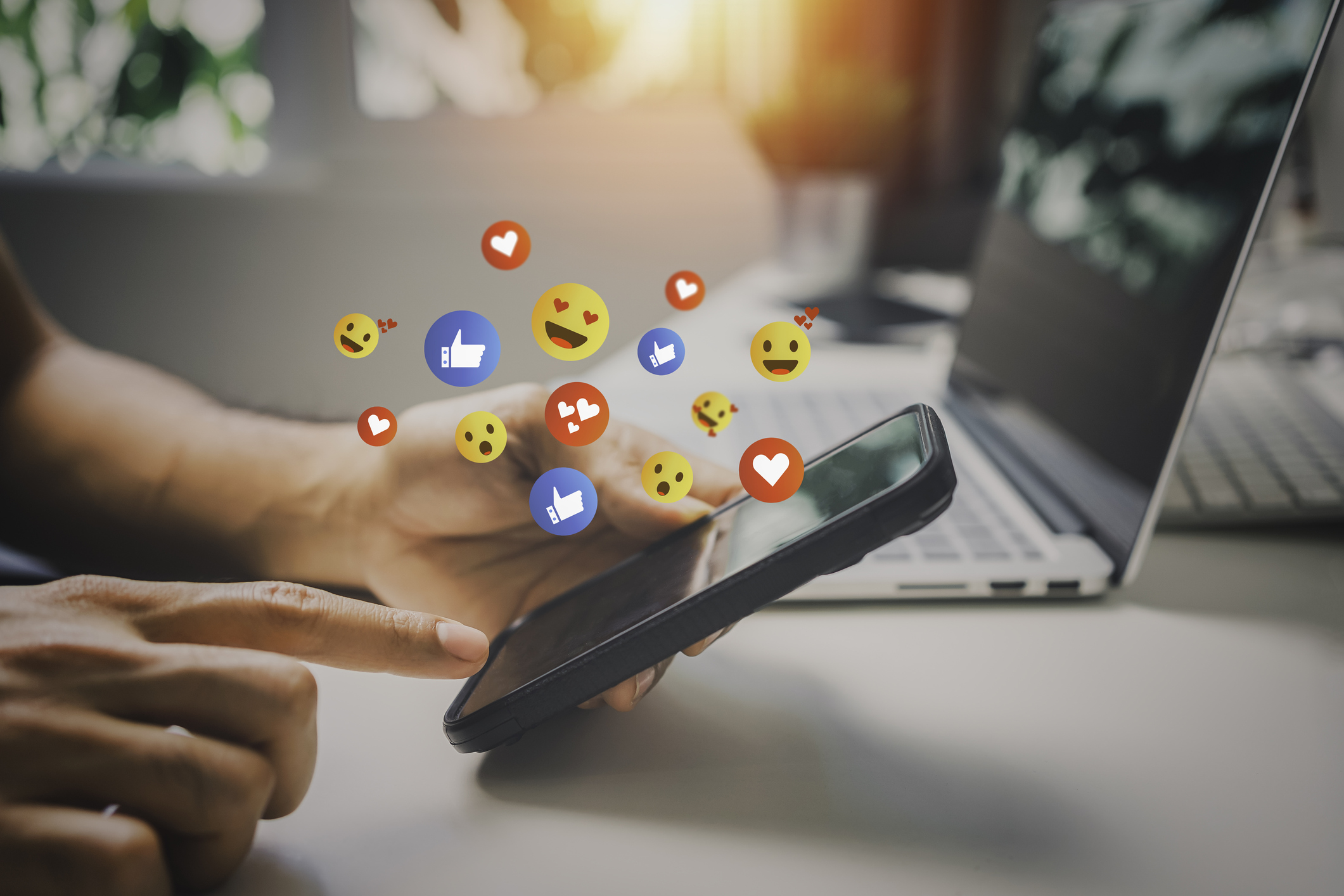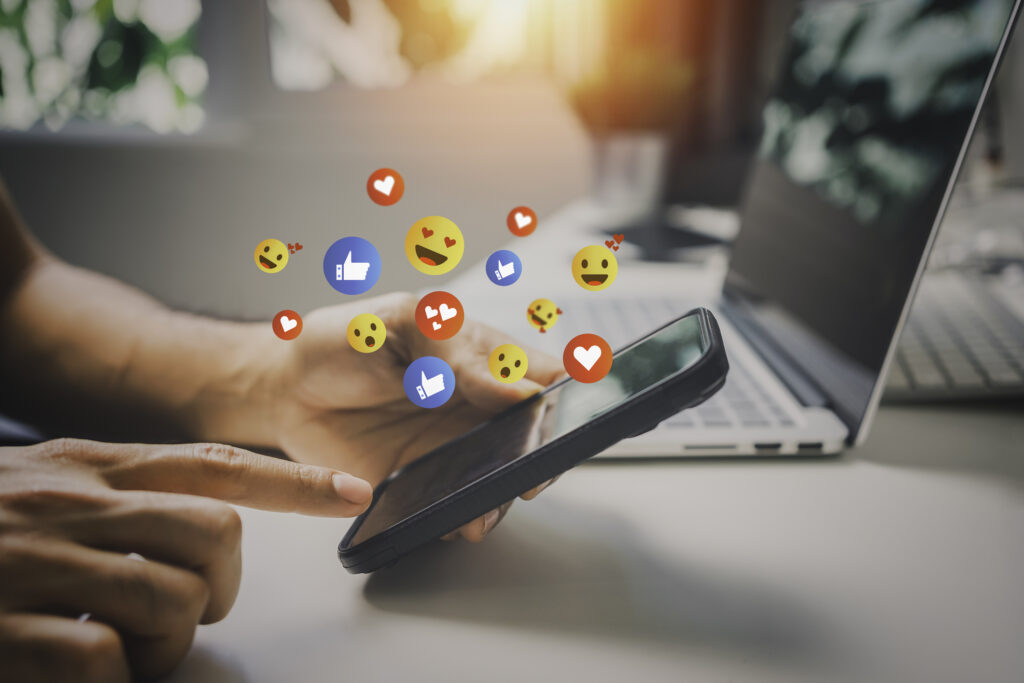
We are in the third shift of giving and engagement. From direct mail, to email, to social media messaging tools, connecting with people where they spend their time is a fundamental rule-of-thumb for nonprofits, especially as fundraising revenue continues to decline across once reliable fundraising channels.
Further, with email stats continuing to show a decline in both engagement and fundraising revenue, and SMS still proving to be a bit too invasive for most individuals, Facebook Messenger has found an interesting place with nonprofits as a tool that’s not-too-broad, not-too-personal.
With continued economic uncertainty and macro global events impacting personal giving more than ever in 2023, nonprofits are leaning into engaging donors and supporters of their mission through conversational messaging.
The Downward Trend of Email Engagement Metrics
Traditional communication channels, such as email, continue to play a prominent place in fundraising. The ability to broadcast a message to a large number of supporters will always play a key (and crucial) role for nonprofits.
But, as the day-to-day habits of people change, it’s become apparent that people are spending less time (and focusing less) on their email inboxes and shifting to digital places where they have connections with family, friends and colleagues.
This year’s M&R Benchmarks for email engagement does a solid job at outlining just how much is changing when it comes to the email engagement challenges as a communication channel:
- Nonprofits sent an average of 60 email messages per subscriber in 2022, a 15% increase in volume from the previous year.
- The average response rate for advocacy email was 1.31%, an 8% decline over the previous year.
- The average response rate for fundraising email was 0.09%, an 18% decrease compared to 2021.
For the nonprofits that are focusing on building relationships with their supporters, email is proving to be a challenging avenue in which to accomplish this. According to M&R, nonprofits are having to send 1,000 fundraising messages just to raise $90.
There is a more effective way to do things — and conversational messaging may be one of the ways that nonprofits can start to fundraise more effectively.
Conversational Messaging Crucial for Nurturing Donor Relationships
Conversational messaging isn’t new. We’ve been doing forms of it through personal SMS messages for years, and it’s a proven way to start and build direct relationships with other people.
In addition to providing a more natural and personalized way to interact with donors, conversational messaging provides an intuitive way to engage new supporters in a two-way conversation, and continue building relationships with them over the course of time.
After all, it will always be more cost effective to put the work in to retain and build relationships with supporters as opposed to continually spending large amounts of money for new donor acquisition. Just replace “email” with “Facebook Messenger” in this excerpt from M+R Benchmarks:
“So we have a situation where it can be costly to acquire donors directly from advertising, and in many cases the costs outweigh the immediate return. That means that in order to see positive net revenue from these new donors, we should be looking beyond that first interaction and seeking ways to motivate additional gifts (including recurring giving). That’s where email comes in — the welcome series, the follow-up appeals, the cultivation and engagement messaging, the ongoing work of building and feeding relationships.”
Align Communication Strategy With the Right Tools
Deciding on using a conversational messaging approach is only half the battle, the other part of the equation is using the right technology to support the conversations.
When looking at which platforms or channels to use, there’s none more primed to make an instant impact for nonprofits like Facebook and its native messaging platform, Messenger.
With people spending close to 20 hours a month on Facebook, it’s become even more critical that nonprofits think about how (and where) they are engaging with their supporters. Leveraging native communication tools, such as Facebook Messenger, provide a direct link to supporters and present a way to communicate in a fashion that is both personal and authentic for nonprofits.
Better yet, when compared against the engagement stats of email, it’s clear that there’s something going on that nonprofits should be paying attention to.
By focusing on building relationships over time — and your shrinking donor file — as opposed to a turn-and-burn fundraising approach, nonprofits are embracing that it’s more effective (and cheaper) to invest in maintaining relationships with existing donors.
With engagement rates that outpace more traditional methods of communication, Facebook Messenger is enabling nonprofits to reach new and existing supporters at a global scale — something that has proven to be challenging for email (and traditional peer-to-peer events) to accomplish at an effective scale.
At the end of the day, conversational messaging strategies (and the technology that enables these methods) are not meant to replace existing methods of communication. It’s best viewed as an ultra-efficient way to engage your supporters in the channels where they spend the most time.
The preceding blog was provided by an individual unaffiliated with NonProfit PRO. The views expressed within do not directly reflect the thoughts or opinions of NonProfit PRO.

